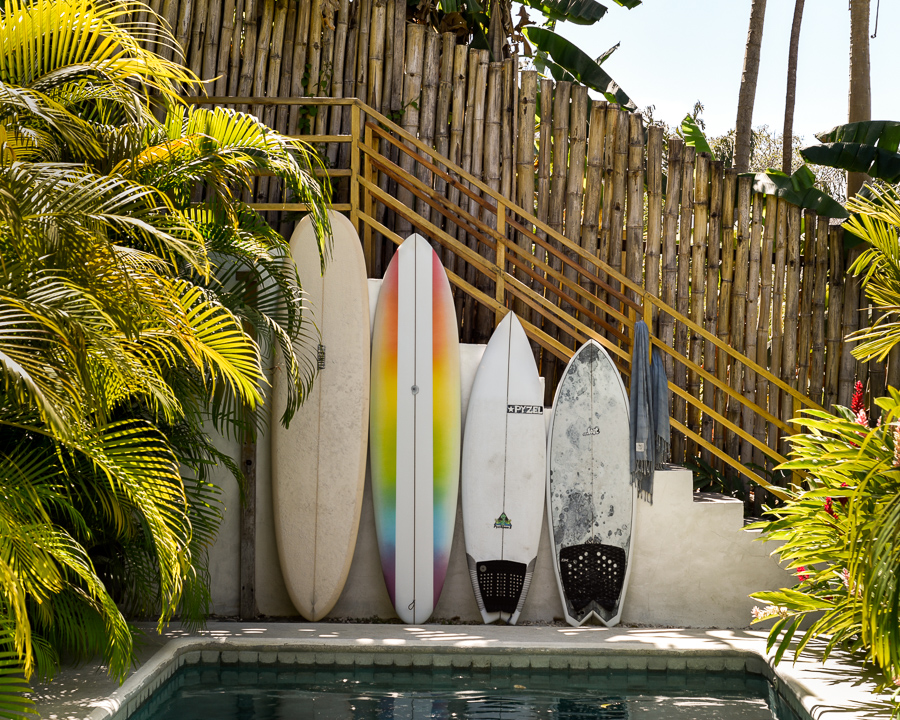
Learning how to choose the right surfboard can be the difference between reveling in the joy of surfing your new board (yeeeew!) or spiraling into a mini surf depression as you hopelessly flail around on the wrong surfboard for your abilities. Sounds dramatic, but if you choose the wrong board, you’ll quickly discover that the struggle is real.
Searching for your next surfboard is super fun and exciting. But if you don’t know much about surfboards, then your surfboard search can ultimately turn into a daunting task. That’s because figuring out the right surfboard for your needs can be a confusing endeavor – especially for beginner and intermediate surfers.
The board you need as a complete beginner is different from the board you’ll want once you become proficient at catching and riding waves. Boards for barrel riding are different than boards for noseriding, which are different than big wave boards, high-performance boards, and retro shapes. And then there’s the matter of surfboard size (length, width, volume), rocker, fin setup, and a host of other factors that are enough to confuse even the frothiest surf geek.
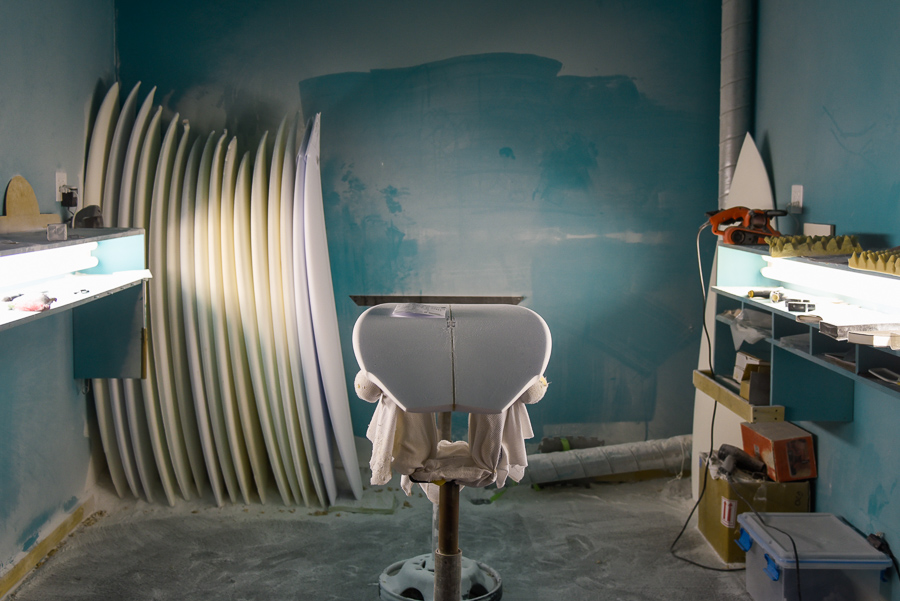
We created this guide to help you answer the question: what surfboard should I get? While there are always multiple factors to consider, we’ve simplified the mystery so you have a go-to formula to figure out the best surfboard for your needs at any given time in your surfing journey.
First, we’ll take a look at the general surfboard categories that are currently available, as well as the elements of surfboard design so you can start to learn more about surfboard shapes and why a certain design or size would be best for your needs. Then we’ll dive into how to figure out the perfect surfboard for you, and get into specific board suggestions for surfers at different surf levels.
- OR, if you don’t want the lowdown on surfboard design and would rather get straight to answers, you can jump down to How to Choose the Right Surfboard.
Types of Surfboards
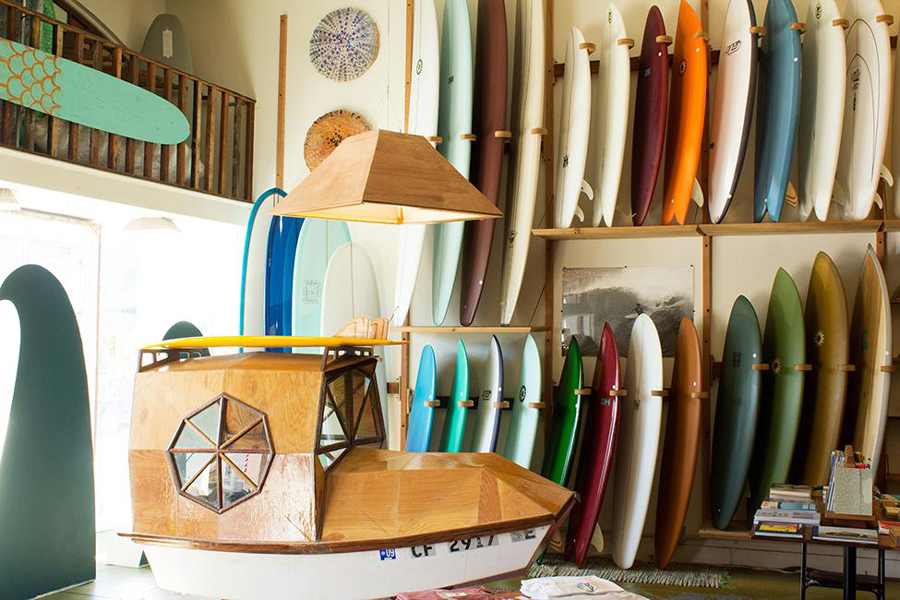
Surfboard styles have been consistently evolving since the 1940s and they now come in many shapes, sizes, and specs. Below are six of the largest categories of surfboards to give you a general overview of types of surfboards, but know that there are many more subcategories and alternative shapes not listed below.
To learn more about surfboard shapes and get the lowdown on additional types of surfboards, check out this Guide to Surfboards.
High-Performance Shortboard
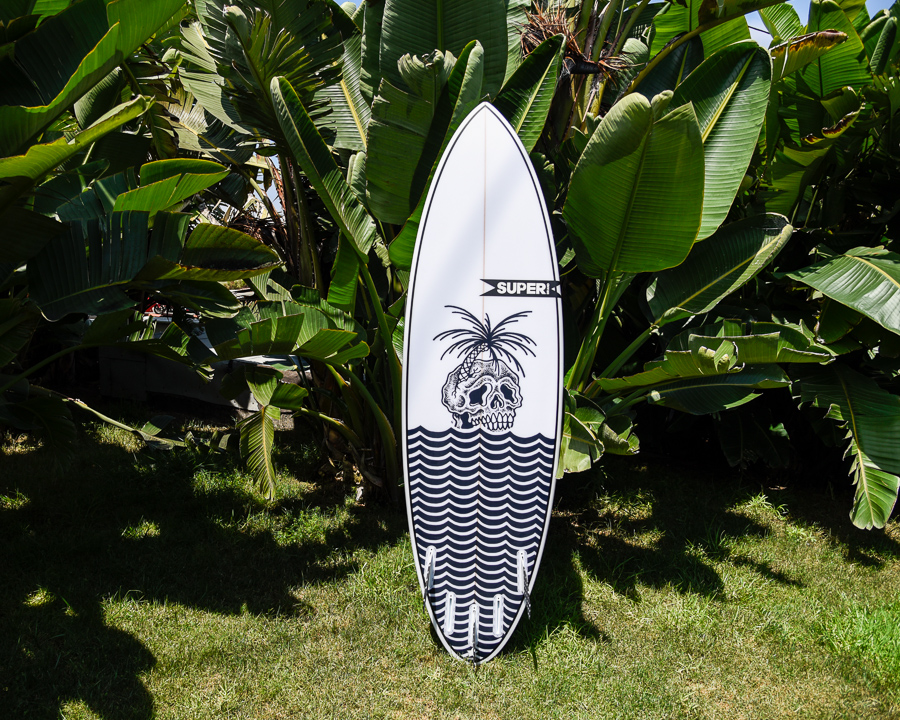
This is what most people envision when they think of a modern surfboard. High-performance boards are typically short (5’8″-6’4″), relatively low in volume (24-38 liters), pointed at the nose, and somewhat user-friendly in the rails, albeit with a harder rail near the tail and some combination of concave and double concave on the bottom contours that lend themselves toward speed and aggressive maneuvers.
That being said, modern shortboards come in a dizzyingly wide range, from short, stubby, low-rocker grovelers to stretched out step-ups with rounded pintails, and everything in between. These boards also typically come with five fin boxes, giving you the option to ride them as either quads or thrusters—although some still come with glassed-in fins instead.
When shopping for a high-performance shortboard, it’s important to be honest with yourself about your surf ability and fitness level, and to select a board with enough volume to help you catch waves.
Check out: Shortboard Buyer’s Guide
Longboard
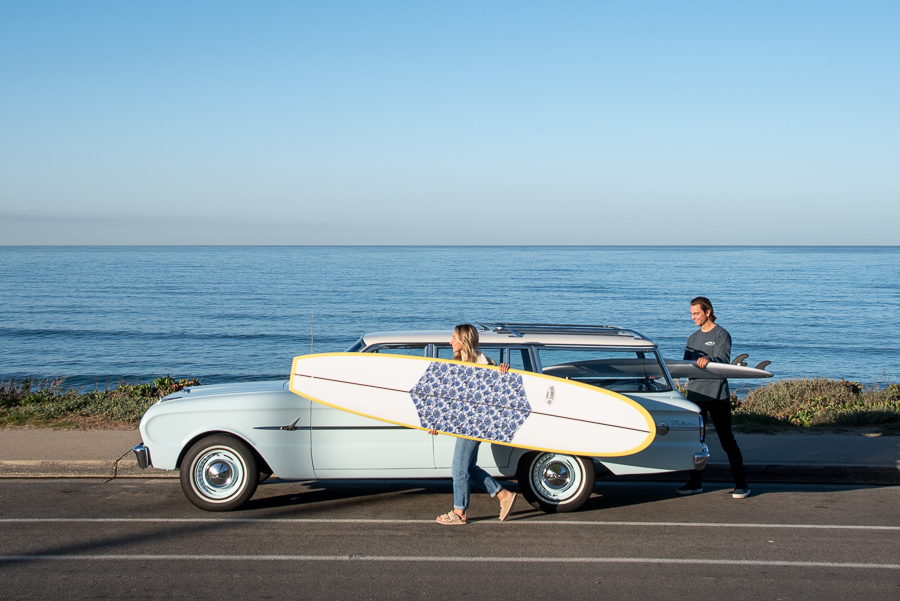
The first modern surfboards were longboards, shaped from fiberglass and foam in the 1950s, but maintaining the general shape of the traditional Hawaiian olos. Longboards eventually evolved into a wide spectrum of shapes, from traditional single-fins to the “high-performance” longboards you see ridden in world tour events.
Longboards are (spoiler alert!) longer and wider surfboards that range between 9 to 12 feet long. One of the most prominent characteristics of longboards (besides length) is their full and round nose. The long and wide size of longboards makes them easier to paddle and catch waves, so they are the ideal surfboard when learning how to surf.
While longboard length can get up to 10 feet and beyond, high-performance longboards are commonly in the range of 9’0″ to 9’6″, while traditional noseriders are commonly 9’6″ to 10’6″.
Recently there has been a movement back toward heavily-glassed, reverse-rockered noseriders, which provide a traditional feel and support extended noserides, but are pretty difficult to maneuver. Generally speaking, these “logs” should be considered a more advanced shape, while more user-friendly longboards will have a bit more definition in the rail, a bit more rocker throughout the board, and a 2+1 fin setup.
Check out: 34 Badass Longboards for Your Quiver
Mid-Length
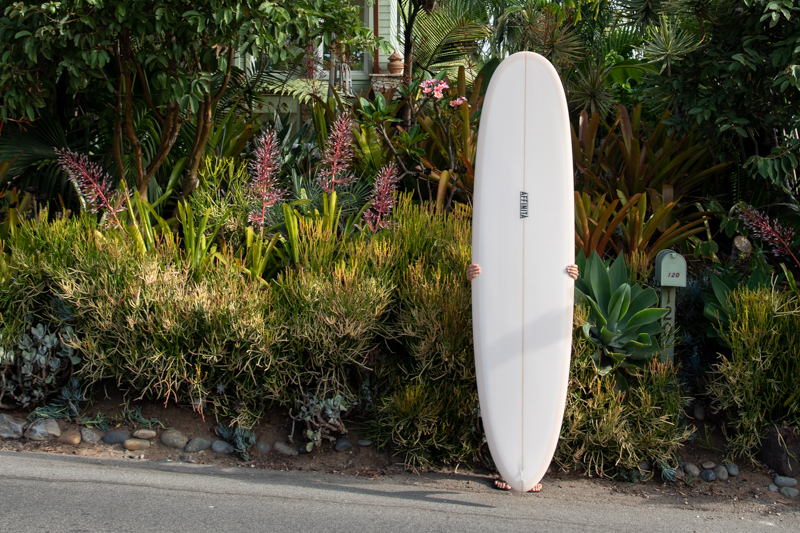
Somewhat longer than a shortboard but shorter than a longboard, the mid-length is virtually any surfboard in the 7’0″ to 8’6″ range that isn’t a minigun. These can include funboards (basically shortened longboards), retro single-fins, and oversized fish designs. Generally speaking, mid-lengths are a compromise, providing some of the glide and paddle power of a longboard with increased maneuverability.
While funboards are often a great way for beginners to transition from longboards to shortboards, there is also a healthy contingent of pro-level style masters who spend the majority of their time on mid-lengths.
Fish
The traditional fish surfboard was a short, stubby, twin-fin with relatively straight rails and a deep swallow tail that was developed in the early 1970s. Today, fish come in a wide range of styles, ranging from retro keel-fins to hybrids that are probably a lot closer to modern shortboards than they are the classic fish.
Generally speaking, a board between 4’6″ and 5’8″ that is relatively wide and flat and has straight-ish rails and a swallow tail is considered to be a “fish.” These boards are fast and skatey, making them great for soft, crappy waves, but not as good in hollow or larger waves.
Check out: The Fish Surfboard / Why Every Surfer Should Have a Fish
Gun
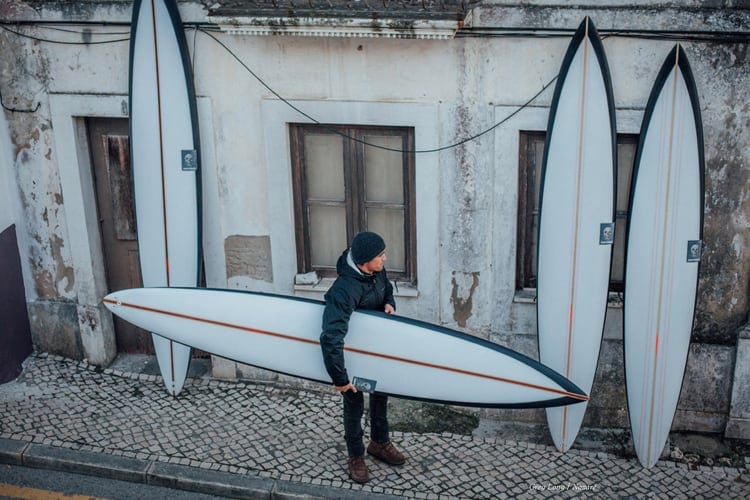
Big wave boards (also known as “guns” or “rhino chasers”) tend to be long and narrow, providing a combination of paddle power and control in the pocket, particularly while at speed. Ranging in length from around 8’6″ to 10″6″, guns have narrow noses, drawn in pintails, relatively low volume (compared to longboards of the same length), although modern guns are starting to add a bit of extra volume through beak noses and a bit more width forward of center. Guns often have some vee in the bottom contour near the tail for added control, and typically come as quads, thrusters, or single-fins.
Mini Gun
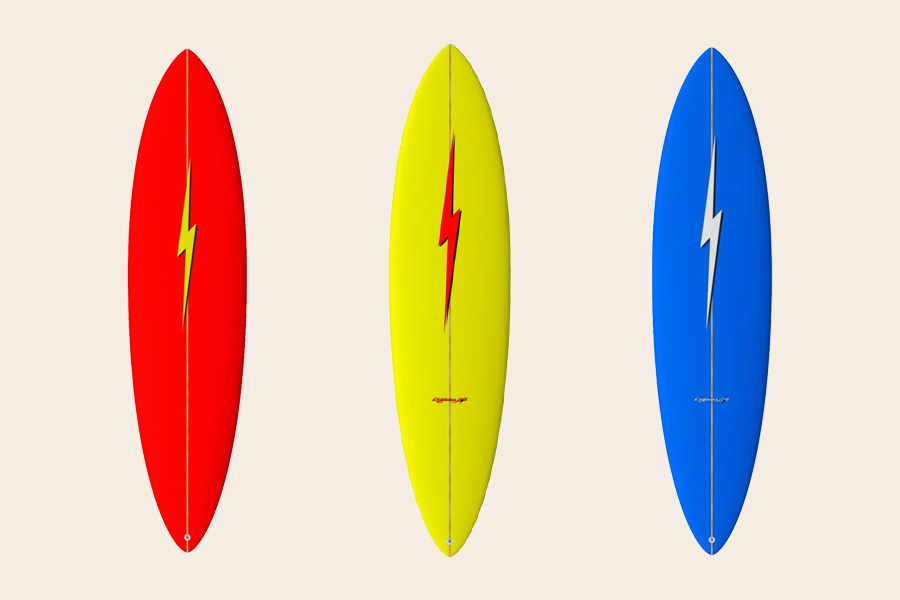
Sitting somewhere between a step-up shortboard and a gun, the minigun is built for waves that are big but not quite in the XL range—usually double to triple overhead barrels. These boards often look like pared-down versions of guns, ranging in size from 6’6″ to around 8’0″.
Check out: The Ultimate Guide to Surfboards
Surfboard Design Elements
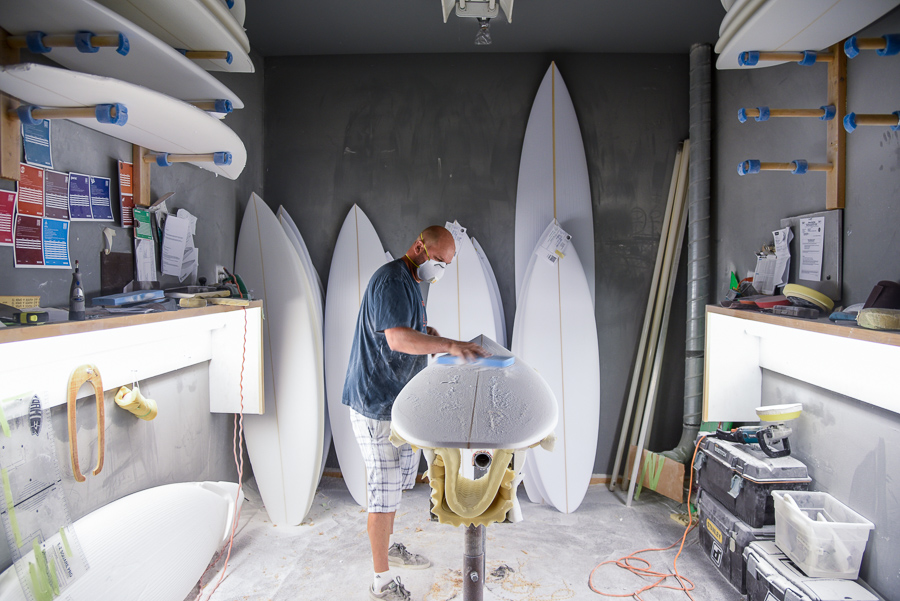
You may have noticed the many design elements that were mentioned in the surfboard descriptions above, and wondered what exactly they mean and how they affect a board’s performance.
There are eight major elements that go into surfboard design: rocker, rails, width, thickness, nose shape, tail shape, bottom contours, and fin setup. Each design element influences different aspects of performance and ultimately combines to create the final product – and this is why there are endless surfboard options to explore and experiment with.
If you didn’t already guess, surfboard design can get super technical. But for now, don’t worry about the overly technical stuff! Over time, you’ll learn more as you go. For now, just learning some of the basics will help get you started on the right foot and give you a better understanding of surfboards and how they work. To that goal, we’ll briefly cover the main components of surfboard design, and give you the (abbreviated) lowdown on what they do.
Nose Shape
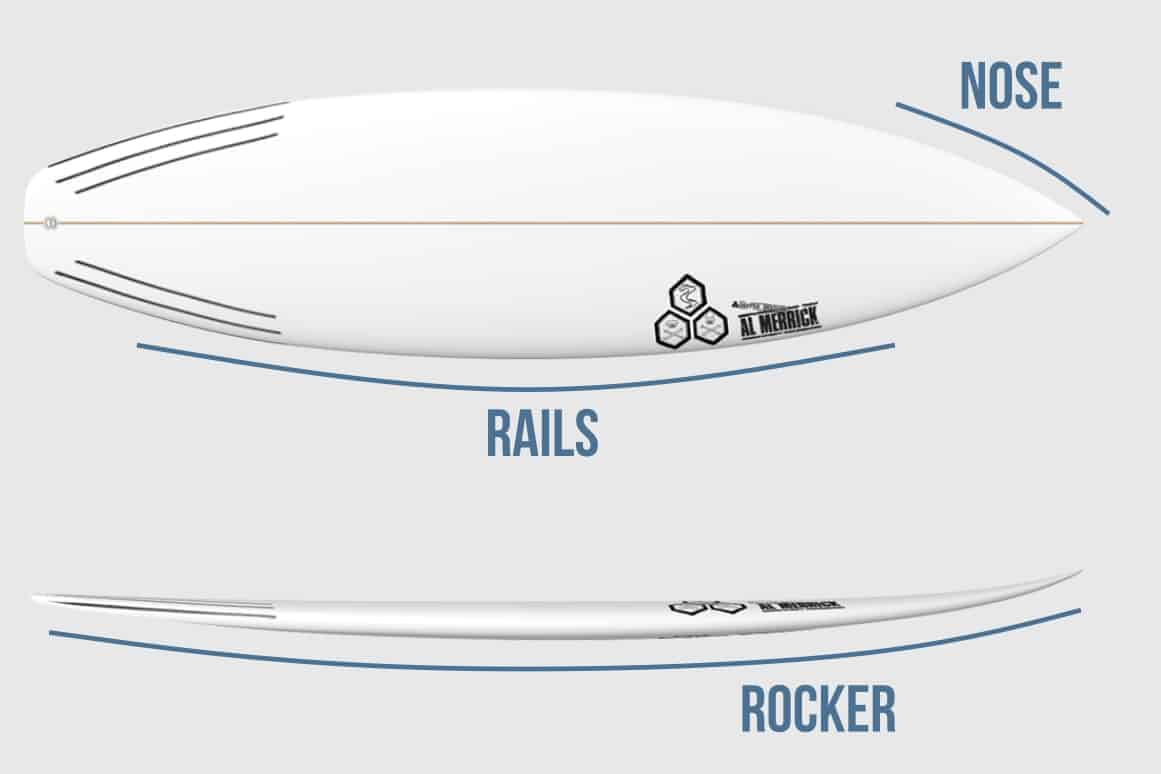
The nose of a board affects its planing speed and swing weight, as well as its likelihood of catching on the water’s surface. Longboards tend to be quite wide and rounded in the nose, which, combined with a relatively low nose rocker, creates additional planing surface and a platform for noseriding. Shortboards, meanwhile, have narrow noses that lend themselves toward more radical maneuvers, while guns also use narrow noses to cut down on the possibility of catching wind chop during drops.
Rocker
Rocker is the curve of the board from tip to tail when viewed from the side while the board is lying on the ground. If that seems confusing, a board with no rocker will be completely flat and lie with the entire bottom of the board touching the ground, while boards with exaggerated rocker will curve upward at the nose and, to some extent, the tail.
Rocker accomplishes a number of things. For one, it raises the nose so that it is less likely to “pearl,” or dive under the surface of the water. It also provides a pivot point from which to turn a board. However, rocker also slows a board down. For this reason, you will often find that boards built for smaller, weaker waves will have less rocker (providing much-needed speed), while boards for bigger, hollower waves will have quite a bit of rocker (providing control and maneuverability, with the expectation that the wave will produce the speed).
Rails
The rails of a board partially govern how it turns and maneuvers, with rounder rails being more forgiving, while sharper rails are more responsive. Modern surfboards typically have a combination of rounded 50/50 or 60/40 rails up front, which eventually give way to a “down rail” near the tail—a sharper, tucked under rail that adds more control.
Width
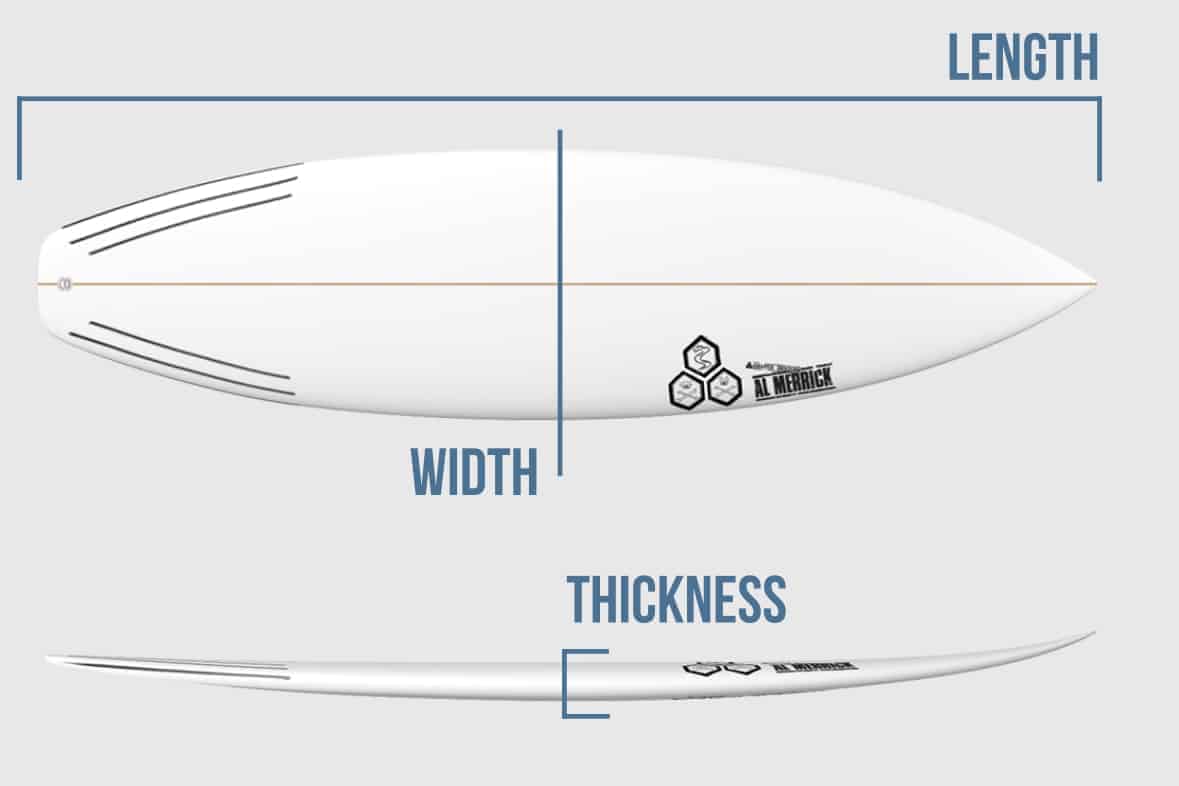
Width is pretty easy to understand—it’s simply how wide the board is at its widest point—but the effect that width has can be quite complicated. Wider boards have more volume and thus paddle faster and get up to speed faster while going down the line, but they are also more difficult to maneuver. Shortboards tend to be between 18-19.5 inches wide, while retro boards such as fish and mid-lengths range from 18.5-20 inches. Longboards and big wave guns can be as much as 22-24 inches wide.
Thickness
Like width, thickness is a pretty quantifiable design element. Also like width, added thickness provides more volume (which means greater float and paddle speed), but can interfere with a board’s ability to maneuver. Shortboards and mid-lengths tend to be between two to three inches thick, while longboards and guns can be as much as four inches thick.
Tail Shape
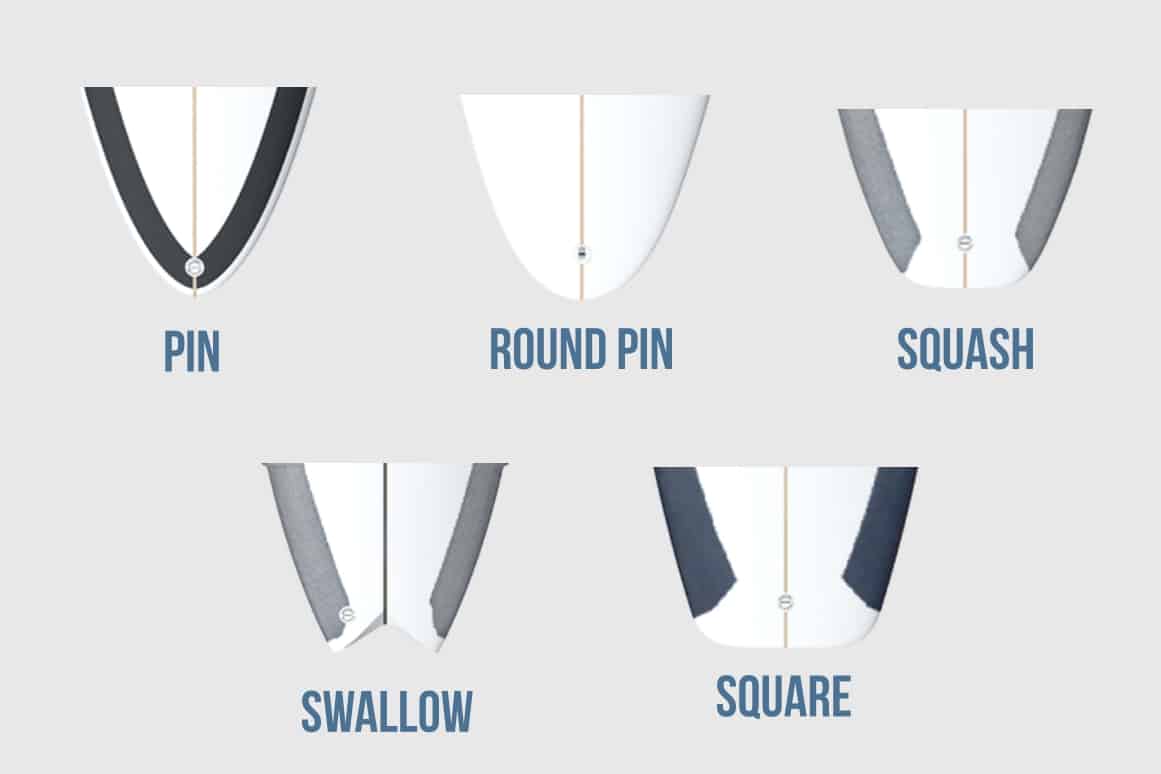
Because the tail is directly over the fins and rarely leaves the water, tail shape has a large influence on how a board rides. Square tail and squash tail (like a square tail with rounded corners) tend to plane well down the line, but release when turned abruptly. This is advantageous for longboards (providing more stability) and high-performance surfers who want to do sliding turns (providing pivot points), but not as beneficial for barrels, big waves, and power surfing/carving.
Pintails are drawn in tails that come to a point, similar to the nose of a shortboard, providing a lot of control, particularly in hollow, fast waves. These are great for big wave boards and miniguns, where control is needed at high speeds.
Rounded pins and round tails are a compromise between square tails and pintails, and are great for step-ups (shortboards intended for slightly plus-sized waves) and barrel riding. Finally, swallow tails effectively feature twin pintails with a cut away space in between them. These work well with fish, as well as some flatter, skatier shortboards.
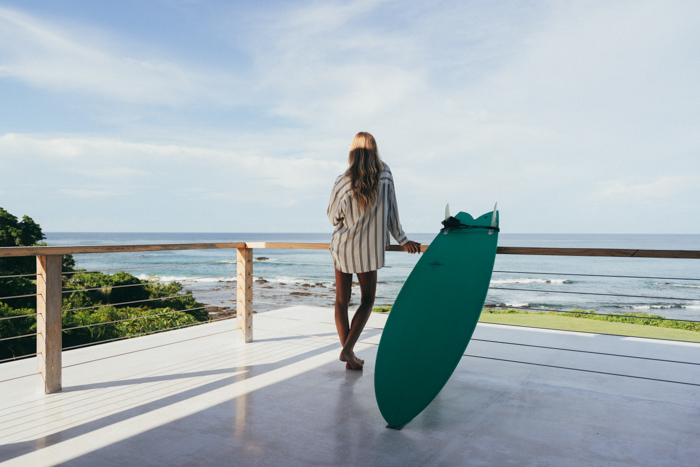
Epic surf trips made easy.
Explore luxury done-for-you surf vacations with Lush Palm Private Retreats.
Bottom Contours
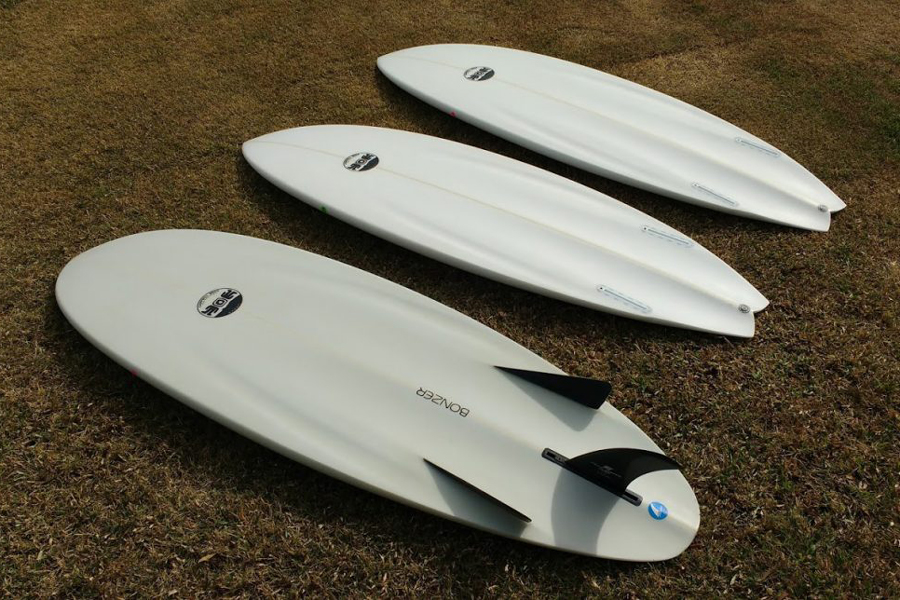
While the decks of most boards (the part that your feet stand on) are pretty similar, the bottom contours (the shape of the bottom of the board) can vary greatly. The most common bottom contours are flat, concave, double concave, channel bottom, and vee. Flat is fast, but doesn’t do much for control, while vee slows a board down but provides an axis from which to initiate turns.
Concave and double concave provide lift while also adding control, while channel bottoms do the same but to a greater extent. Generally speaking, longboards and retro boards tend to have pretty flat bottoms, big wave guns often have flat to vee bottoms, and modern high-performance shortboards have a combination of concaves. That being said, there is a lot of room for variance within bottom contours, and most boards will have a combination of many different contour shapes.
Fin Setup
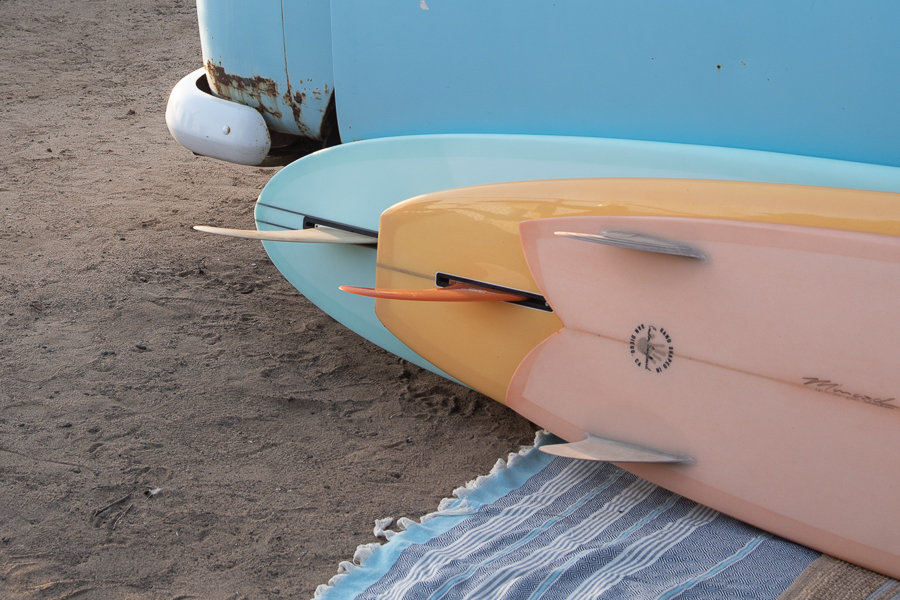
The original surfboards didn’t have fins, and were incredibly difficult to turn. The addition of a single-center fin by Tom Blake completely changed the sport of surfing, as boards could now be maneuvered down the line and ridden in the pocket. Today, single fins are considered to be old-fashioned, but are still valued by people who enjoy the pure, clean, traditional feeling of trimming. Noseriders and mid-lengths often feature single fins.
Twin fins came next, and provided far more speed than the single fin, albeit by sacrificing stability during top-to-bottom surfing. The fish design of the 1970s is the classic twin-fin surfboard.
Thrusters (three fins) became popular in the 1980s, providing the thrust of twin fins with the added stability of a center trailing fin—essentially a compromise between the twin fin and the single fin. From the 1980s through the early 2010s, most shortboards came as thrusters, as did the majority of big wave boards.
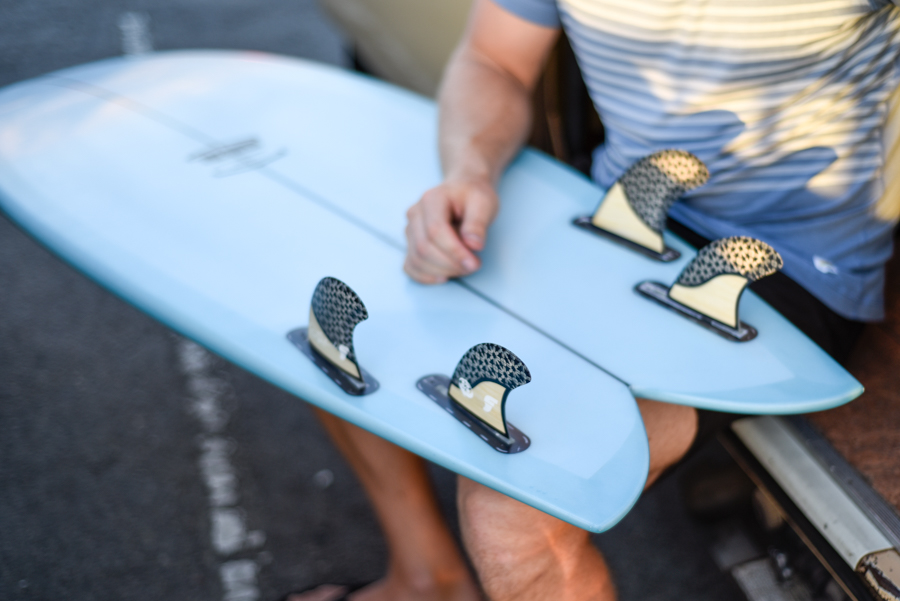
Quads are a compromise between the thruster and the twin fin. Rather than putting a center trailing fin between the twin side fins, two trailing side fins are placed around an inch behind and to the inside of the side fins. This preserves the speed of the twin fin, but also adds a bit more control for modern performance. Today, most modern shortboards come with five fin boxes so that you have the option to ride them as thrusters or quads. The same holds true for guns, which now typically come with thruster, quad, and sometimes single fin options.
Finally, the 2+1 setup involves smaller side fins up front and a large, single-fin style box in the middle, serving as a compromise between thrusters and single fins. These are common on high-performance longboards and funboards.
How to Choose a Surfboard
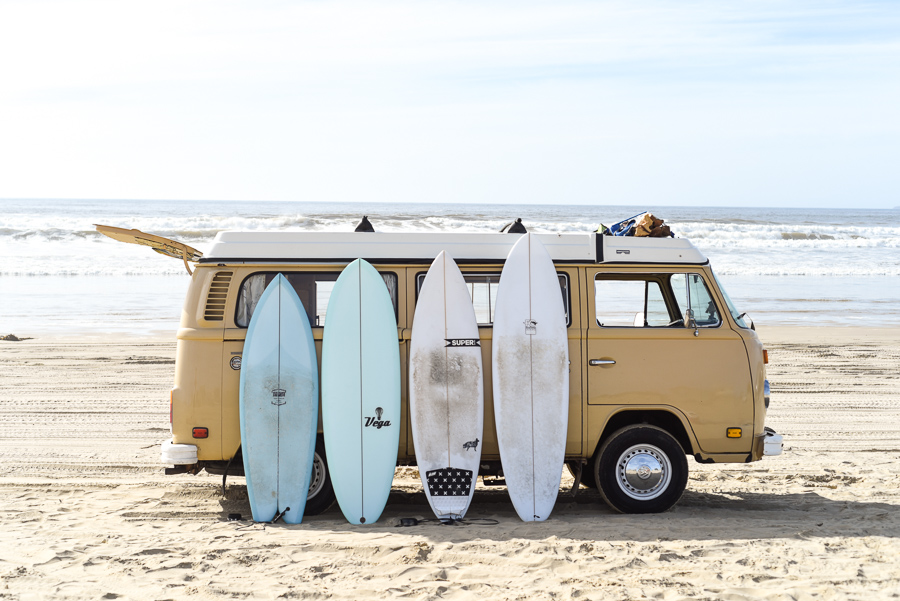
Hopefully, these basics in surfboard design help you better understand what goes into the chunk of foam and fiberglass under your feet. And if you’re more confused now than when you started, no worries! Below we’ll put all the pieces together so you have the recipe for how to choose a surfboard that will be best for your surf ability and needs.
Essentially, there are five main elements to consider when choosing a surfboard:
- Style of surfing you want to do
- Type of waves
- Fitness level and weight
- Surf ability
- Length and volume
1 • Style of Surfing
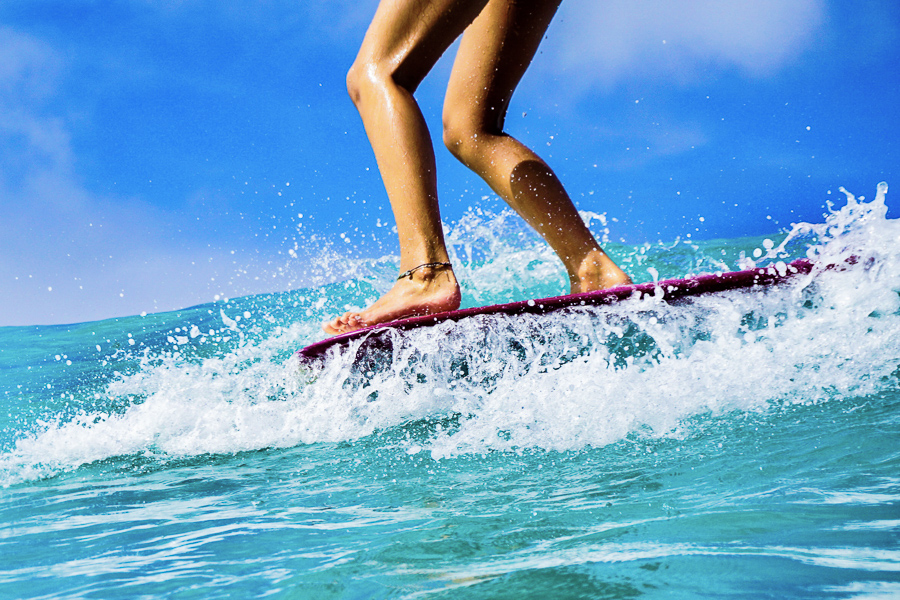
What kind of surfing do you want to do?
In other words… What’s your surf style? What do you want the board to do? Or what do you want more of? Are you looking for a board to generate more speed? More maneuverability? More stability? Easy paddling, etc.
You want to choose a surfboard that is going to support your surf goals, so the clearer you are on what you want, the better you’ll be able to determine the ideal board for your needs.
If you are looking to boost airs and do massive turns, you’ll want a high-performance surfboard. If you want to noseride, then a longboard is the go. If cruising and trimming without much thought for performance sounds fun, go with a mid-length or a fish. And if you are looking to pack barrels, think about getting a minigun or a step-up.
If you are just learning how to surf, you want a good beginner surfboard that will help you catch as many waves as possible, because that’s the best way to learn how waves work and get to know the ocean. Consider getting a user-friendly longboard or soft top surfboard.
Don’t worry about what other people think about you and your board choice—remember that the point of surfing is to have fun, and you want a board that will help you have as much fun as possible. Until you are a competent surfer who can paddle with ease, ride down the line, and catch any wave they want, a longer, higher-volume board that catches waves easily is the fast-track toward fun and progression.
Check out: Best Beginner Surfboards
2 • Type of Waves
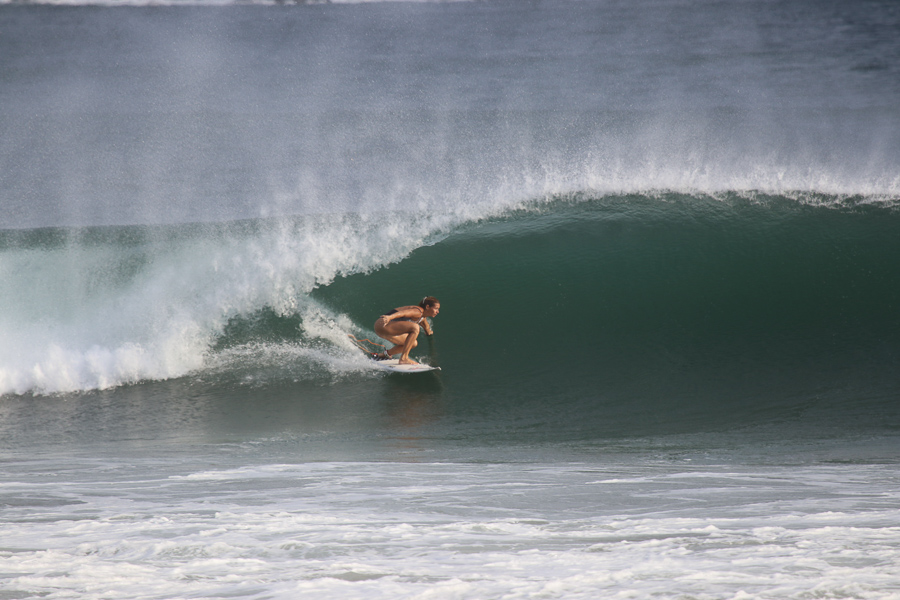
What kind of waves are you planning to surf?
As mentioned, different sizes and types of surfboards are best for different sizes and types of waves. That’s why most dedicated surfers accumulate a quiver of surfboards – so they are equipped for all types of conditions and can choose their surfboard of choice based on the surf break, size, conditions, or even mood.
As you’ll learn through your surfing journey, there are waves and conditions that are fine for many types of surfboards, and then there are waves and conditions that are terrible for certain types of surfboards. Examples: *
- Soft rolling small waves wouldn’t be much fun on a performance shortboard because you won’t be able to catch waves or have enough speed for the board. The best surfboard for soft small waves is a longboard or mid-length (or depending on surf ability and size, intermediate and advanced surfers can get away with a fish or groveler with more volume).
- Conversely, a fast peaky beach break just isn’t ideal on a longboard or mid-length. Fast beach breaks are best suited for shorter boards like a shortboard, fish, or hybrid/groveler shape.
- Longboards and huge barrels do not mix well.
* Of course, there are always exceptions to these ‘rules,’ and part of the fun of surfing is experimenting with different boards and your own abilities. That said, if you’re a beginner or intermediate surfer, there are guidelines to help you pick the surfboards best suited for certain waves/conditions.
Are you scared of big waves, and plan to only surf ankle-biters? Then you will definitely want a longboard. Does your local spot have rippable waist- to head-high walls? Then you’ll want some sort of shortboard, fish, or mid-length. Do you want to surf huge barrels? If so, a board with a pulled-in tail, narrow nose, and a bit of rocker is best—in other words, a minigun or step-up. And if you have dreams of surfing huge waves like Maverick’s and Waimea Bay, then you’ll want to get a big wave gun (and you wouldn’t be reading this article).
Bottom line: If you’re a beginner surfer and looking for your first surfboard, as mentioned, you’re going to want to surf user-friendly slower, softer waves, so get a good beginner surfboard, end of story. If you’re beginner/intermediate, intermediate, or beyond, thinking about what type of waves you want to surf on your new board will play a big role in deciding what board is best for your needs.
3 • Fitness and Weight
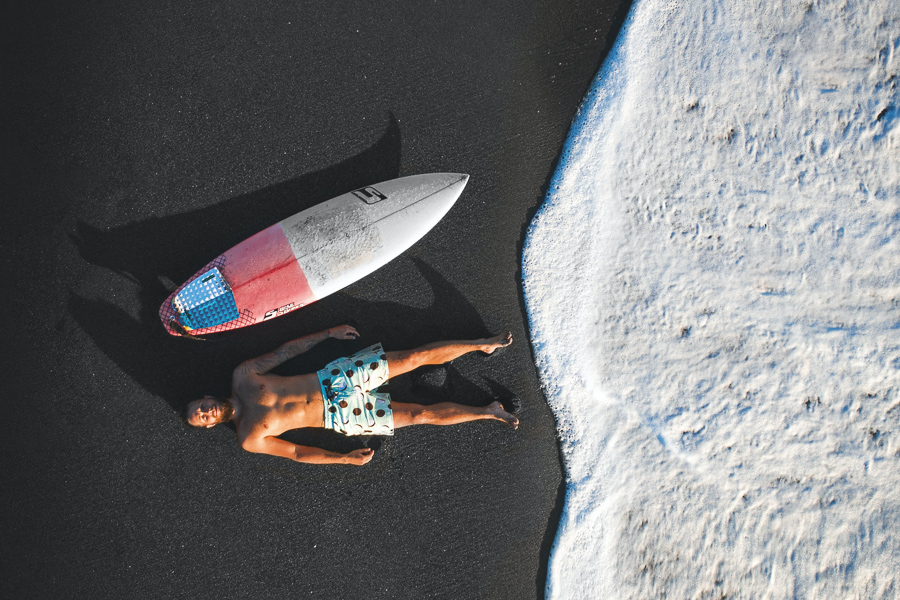
What is your weight and fitness level?
Although these two factors don’t always go hand in hand (after all, there are guys who are 6’6″ and 200 pounds of muscle who are as fit as they come), they have the same effect on board choice. Generally speaking, the lighter you are and the fitter you are, the less foam you can get away with.
Those who are heavier or struggle to paddle will want boards with a lot of volume, whereas those who can paddle like fiends and want to boost airs will look to minimize volume, sacrificing paddle speed for a lighter, more maneuverable board.
Generally speaking:
- Shortboards with between 23-35 liters of volume are best for fit, experienced surfers between 130-190 pounds, while those who are heavier or less fit will want shortboards in the 40 liter range.
- Fish tend to have a bit more volume than shortboards of similar length, so consider going a few inches shorter but a few liters more volume when selecting a fish.
- Mid-lengths, longboards, and guns tend to have a lot of volume (50-90 liters), but with these types of boards you’ll still want to take into account your weight and fitness level when deciding what size to get.
4 • Surf Ability
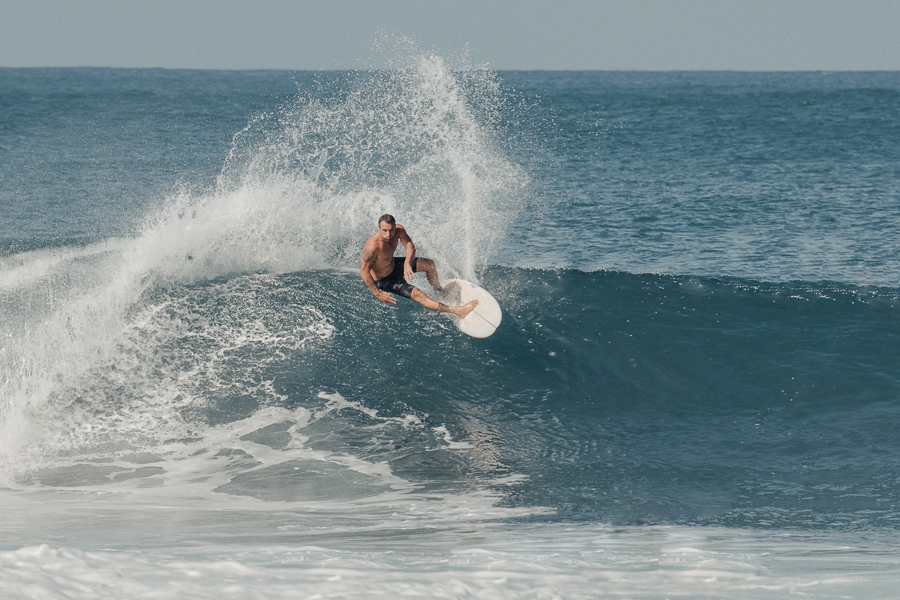
How well do you surf?
This is a tricky one, because we all tend to overestimate our abilities in the water, particularly if we have been surfing for a while. But the more honest you can be with yourself about your level as a surfer, the sooner you will find yourself on boards that increase your fun quotient.
- As we discussed above, beginners should look for boards that help them catch as many waves as possible. These include longboards, funboards, and soft tops.
- Intermediate surfers can get away with riding high-performance shortboards, although they may enjoy themselves a bit more on a hybrid/shortboard shape with some added volume and length. Intermediate surfers may also find that they really enjoy riding mid-lengths and longboards.
- Advanced surfers who are riding big barrels and doing high-performance maneuvers will likely want to be on some type of shortboard, while advanced surfers who are chasing scary waves will need miniguns and guns. And advanced longboarders may want to try traditional logs in as a fun alternative to high-performance longboards.
5 • Length and Volume
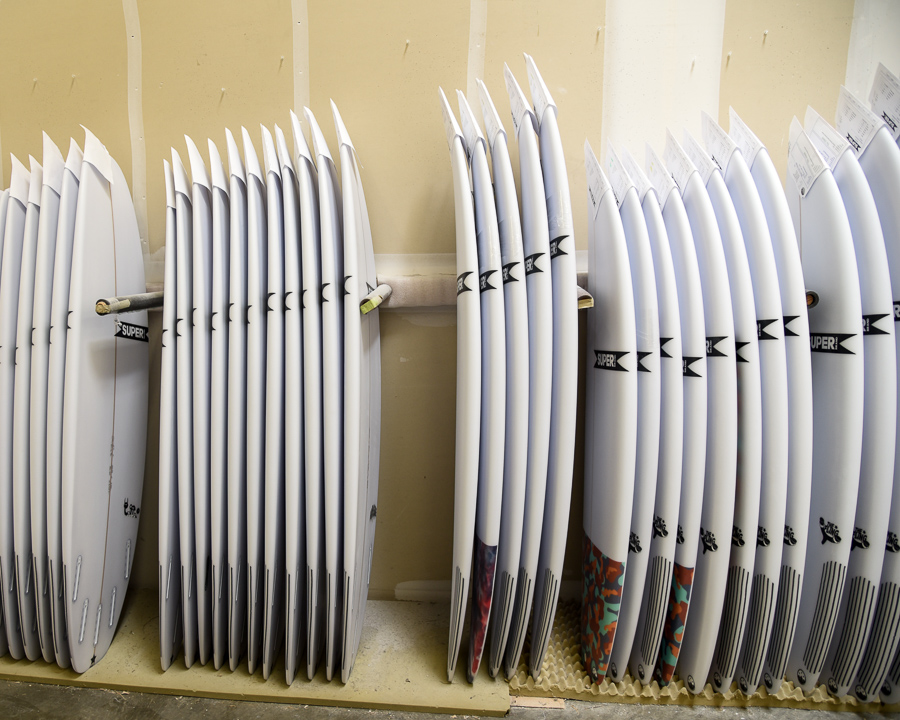
What size surfboard should you get?
The surfboard length and volume that are ideal for your needs are a result of all of the factors listed above: surf style, types of waves you plan to surf, fitness, weight, and surf ability.
Length used to be thought of as a super important factor when buying boards, but these days the emphasis is more on volume. That being said, length does still play a role in how your board will perform for you—partially because you can only get so much volume in a board without increasing its length.
- If you’re a beginner surfer, don’t worry about getting caught up in surfboard specs at this point. The most important thing to know is that a longer, wider, and more stable surfboard will enable you to catch more waves, surf more waves, and therefore progress faster (and have more fun along the way!) Check out our guide to the best beginner surfboards for the full lowdown and recommended surfboards.
- Intermediate surfers will often ride shortboards between 6’0″ and 6’6″, fish between 5’7″ and 6’3″, and step-ups between 6’6″ and 7’2″ (although it is important to note that a 7’2″ “step-up” for an intermediate surfer who weighs 200 pounds is going to look quite different than a 7’2″ minigun for a 145-pound pro surfer who charges Pipeline).
- Generally speaking, advanced surfers should be on shortboards between 5’7″ and 6’2″ (depending on their height and weight), fish between 5’2″ and 5’8″, and step-ups between 6’0″ and 6’4″.
- When it comes to longboards, something in the range of 9’0″ to 9’6″ will be maneuverable and probably more appropriate for a high-performance longboard, while traditional noseriders are typically 9’6″ to 10’6″. That being said, lightweight, petite loggers may be able to efficiently noseride a board as short as 9’0″.
All elements of surfboard design contribute to how a board will ultimately ride and perform, but here are some general rules of thumb with length and volume:
| Longer and/or More Volume | Shorter and/or Less Volume |
|---|---|
| easier to paddle | harder to paddle |
| easier to catch waves | harder to catch waves |
| more stability | less stability |
| less maneuverability | more maneuverability |
| more performance |
Surfboard Buying Tips
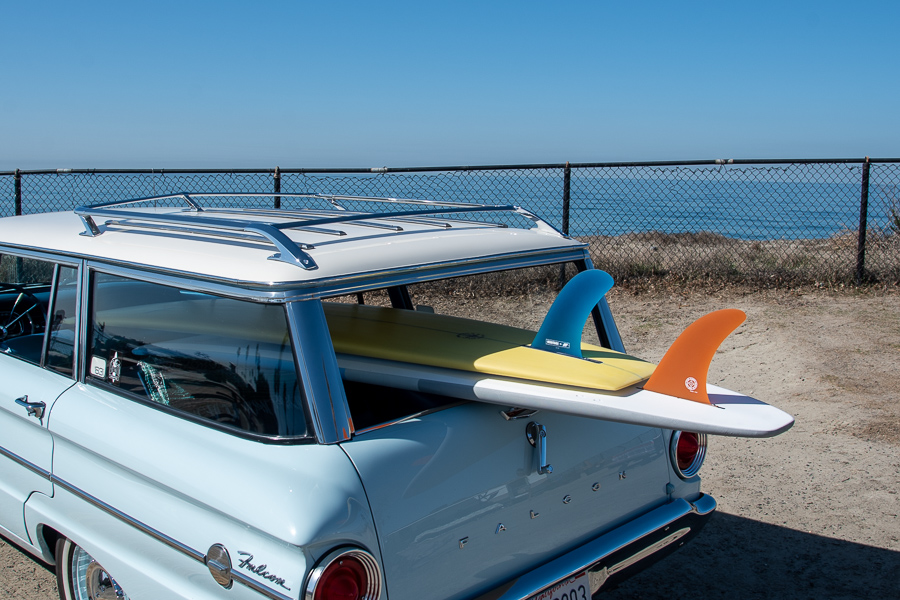
- Don’t choose a surfboard just because you think it looks cool! If you buy a surfboard that is meant for a more advanced surfer, you might think you look cool carrying it, but you certainly won’t look cool flailing around in the lineup not catching any waves. It will be un-cool and un-fun. (And it’s painfully obvious when someone in the line up is on a surfboard they can’t surf. The other day I saw a guy on a board that was completely wrong for him and he was really struggling to paddle and balance on his board. If you can’t paddle a board, you sure as heck aren’t going to be able to surf it!)
- Don’t pick a surfboard based on what your friend is riding (unless they have the same exact skill level, height, weight, and surf the same types of waves).
- Ask questions! It’s totally normal and okay if you don’t know much about surfboards yet. Put your ego aside and don’t be afraid or embarrassed to ask questions! If you’re renting a board, ask the surf shop for their recommendation based on your skill level. Same goes for borrowing or buying a board. You can save yourself a lot of hassle and surf frustration if you ask for help and be honest about your surf ability.
- Learn more. If you’re a beginner or beginner/intermediate surfer, we have a really helpful guide about the best beginner surfboards with specific surfboard recommendations and the best way to transition from surfing a longer board to a shorter board. Check it out here.

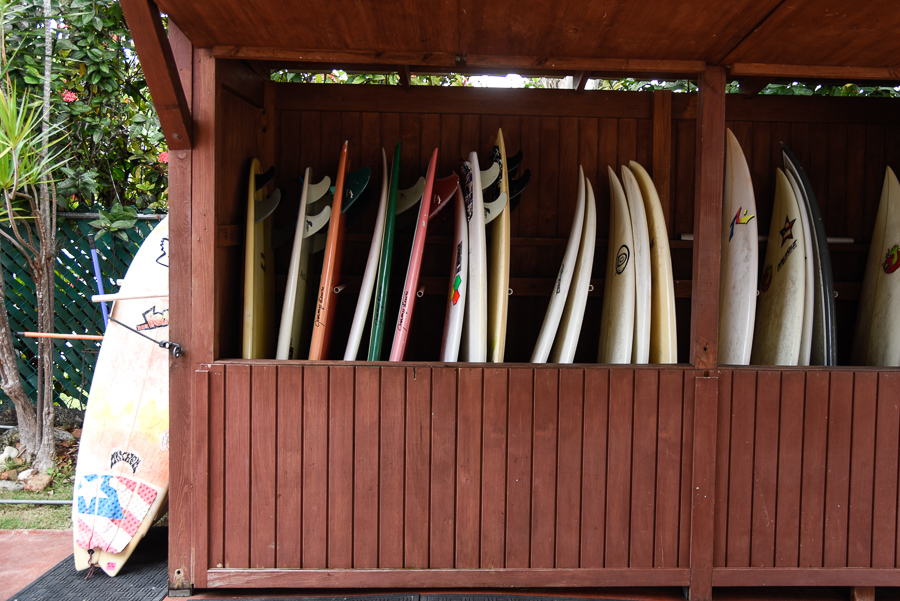
So there you have it—the complete lowdown on how to choose a surfboard. Of course, you can feel free to throw all of those guidelines out the window and do something totally unconventional with your next board 🙂
After all, having fun and being silly is what this crazy pursuit of ours is all about. Sometimes the best boards are old, weird derelicts that you find at a garage sale. Other times, you might spend years refining a custom design with your favorite shaper until you finally dial in your magic board.
However you choose to go about buying boards, the important thing to remember is that they should make you happy and match the conditions.
A quiver of different boards for different types of waves is the ultimate goal—although you want to be careful not to get stuck in the “collect and neglect” mindset. Your surfboards have personalities and want to be ridden, so if you find that you have more than you can use and there are boards that sit for years collecting dust in the corner, consider giving them away to that young kid down the street who has only recently discovered surfing. Who knows—in a few years, he could be loaning you boards from HIS quiver!

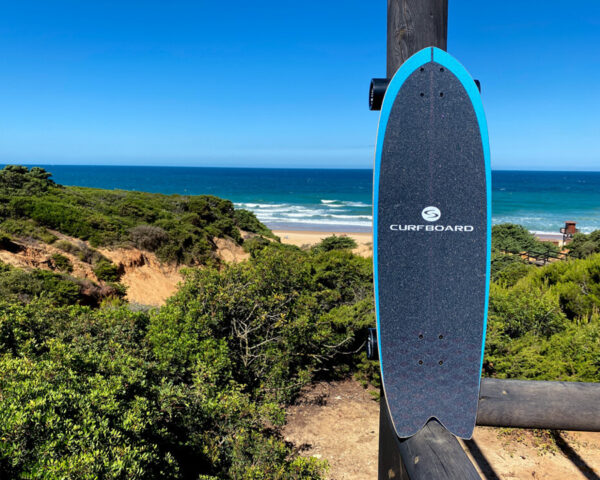
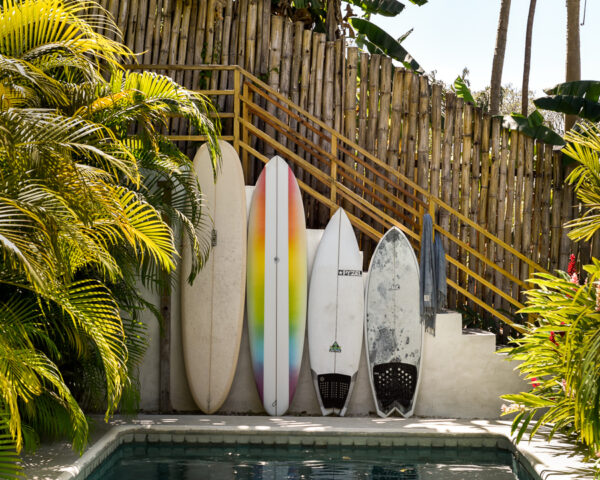
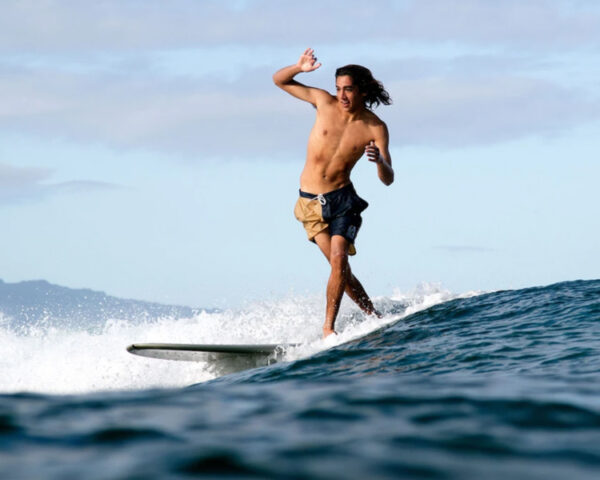

A lot of great info on selecting the right surfboard. But sometimes I tell beginners only read the basic info and rely on your pro to help you. Whether its the local surfshop saleperson or the local shaper. He or she has a vested interested in getting you the right board for that area. They want you to come back for that stepup board.
Great blog post! The tips on choosing the right surfboard are super helpful, especially for beginners like me. I appreciate the straightforward advice on considering skill level, wave conditions, and board size.
Noice article! Just moved from a 8’ft WaveStorm to a 6’6″ fish based on your recommendations and I LOVE it!!! Thanks so much for the time.and effort you put into this very informative article.
Thanks! So stoked to hear about your successful transition! Thanks for taking the time to let us know, we really appreciated it.
This is a very helpful article. Thank you. I’m looking to buy a new board, about 6’6″, and your tips have given me some good guidelines.
Awesome, Barbara! Thanks for the feedback and glad you found this article to be helpful if your surfboard buying journey!